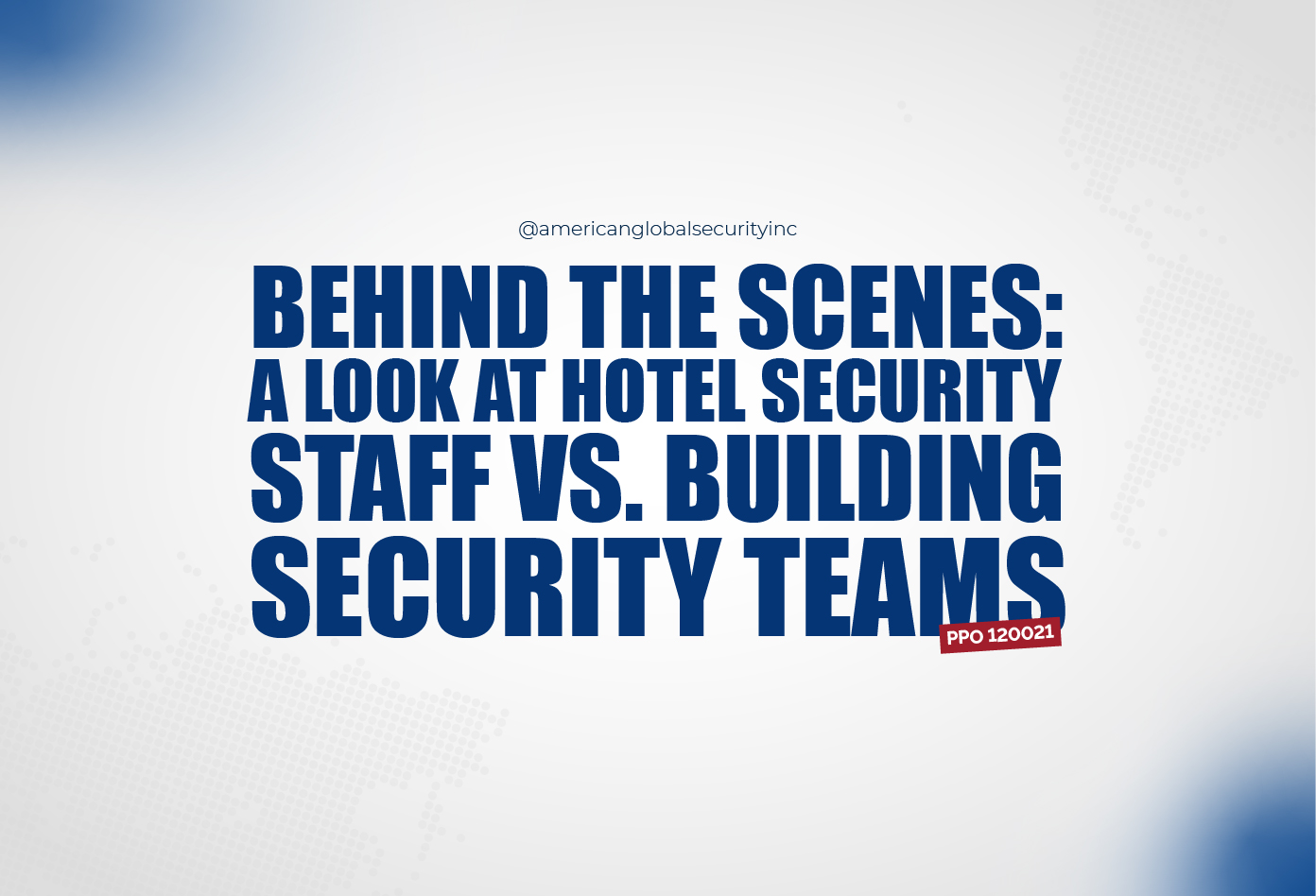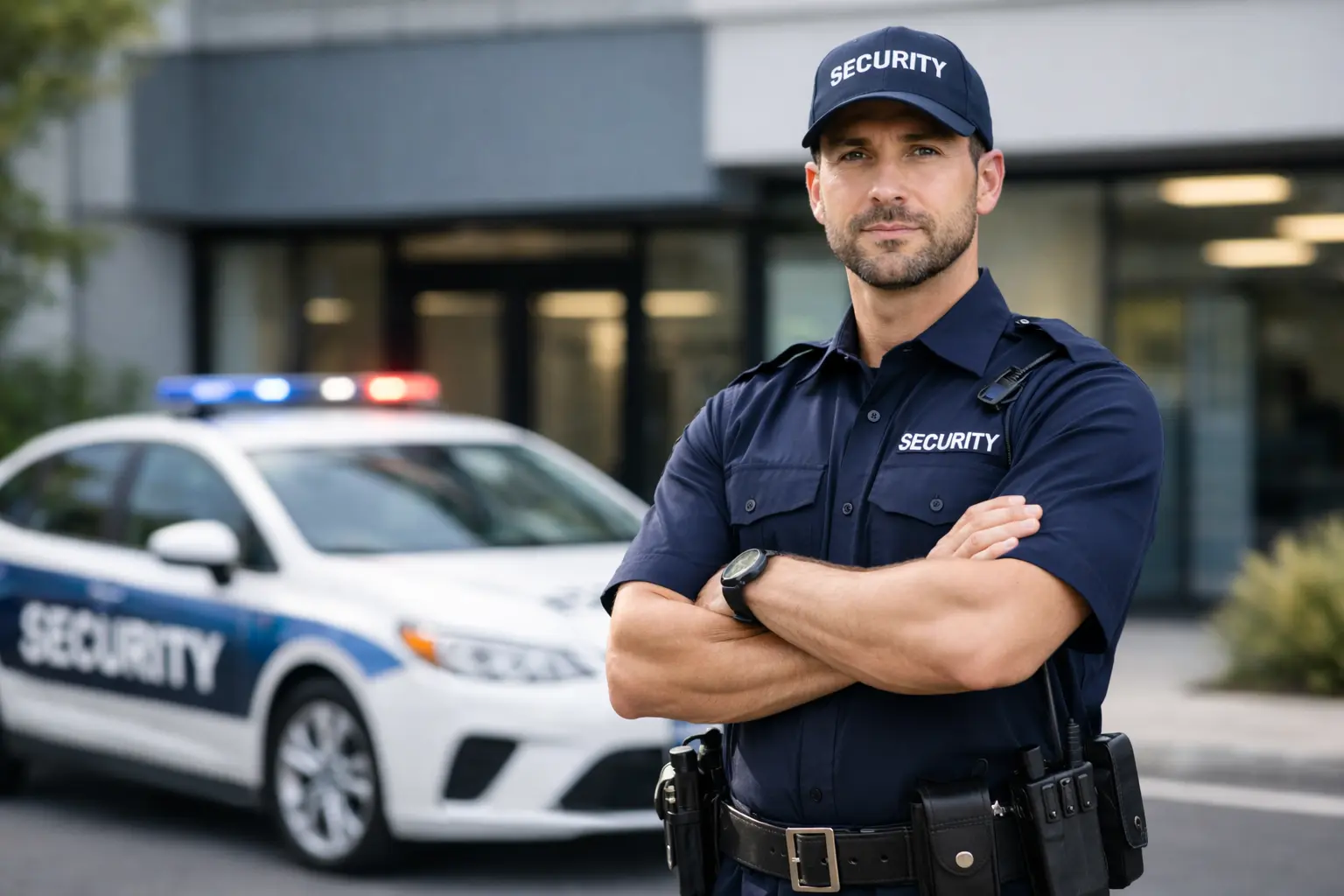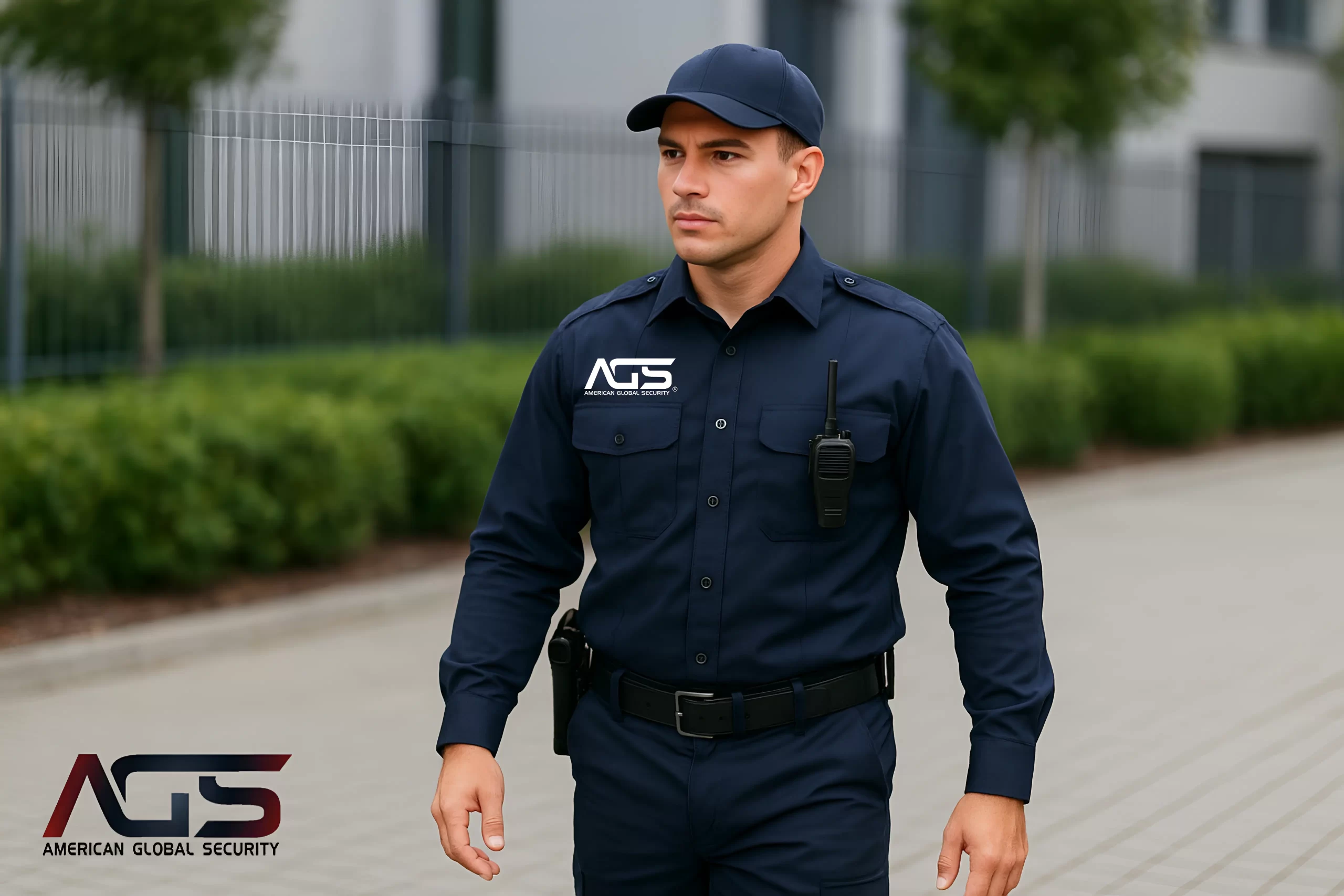In the realm of security, two distinct worlds exist: hotel security and building security teams. While both share the common goal of safeguarding people and property, their approaches and responsibilities diverge significantly. Let’s delve into the nuances of each to understand their unique roles.
Hotel Security Staff: Blending Hospitality and Vigilance
Understanding the Landscape of Hospitality Security
Hotels occupy a dual role—they are sanctuaries for relaxation and bustling public spaces. Balancing guest comfort with safety is paramount. Here’s how hotel security teams navigate this delicate terrain:
Customized Security Practices
- Tailored Needs: Each hotel has distinct security requirements based on its location, clientele, and size. A boutique rural hotel won’t need the same measures as a bustling city hotel.
- Urban vs. Secluded: Urban hotels face higher risks (theft, unauthorized access), necessitating rigorous protocols. Secluded hotels prioritize emergency services and environmental safety.
Security Through Design (CPTED)
- Strategic Layout: Hotel design influences security. Optimal access points, surveillance coverage, and safe havens are planned.
- CPTED Principles: Natural surveillance, territorial reinforcement, and access control deter criminal behavior.
Guest Interaction and Experience
- Visible Yet Discreet: Hotels balance visible security (reassurance) and a welcoming atmosphere.
- Trained Staff: Security incidents are handled calmly and professionally by staff trained in both security and hospitality.
Risk Assessment
- Regular Evaluations: Hotels assess risks—local crime trends, guest behavior changes, and technological updates—to adapt security practices effectively.
Building Security Teams: Guardians of Corporate Spaces
Building security teams safeguard corporate environments, including office buildings, commercial complexes, and industrial sites. Their responsibilities include:
Access Control
- Key Card Systems: Managing access through key cards and restricted areas.
- Monitoring Entrances: Ensuring authorized entry and preventing unauthorized access.
Emergency Preparedness
- Fire Safety: Evacuation plans, fire drills, and fire suppression systems.
- Medical Emergencies: Swift response and coordination.
Surveillance and Response
- CCTV Monitoring: Monitor common areas, entrances, and critical points.
- Security Personnel: Trained guards respond to incidents promptly.
Risk Mitigation
- Threat Assessment: Identifying vulnerabilities and implementing preventive measures.
- Collaboration: Coordinating with law enforcement and emergency services.
Conclusion
Hotel security teams blend hospitality with vigilance, ensuring guests feel safe without feeling watched. Building security teams focus on corporate spaces, emphasizing access control, emergency preparedness, and risk mitigation. Both play crucial roles in maintaining safety behind the scenes.






